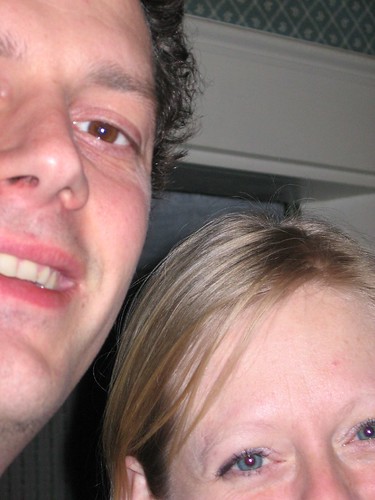As I began to write this post, I realized that there was a problem. What does one call the strip of earth/grass/mud/litter that many cities have between the sidewalk and the curb and street? Well, I began by searching the Philadelphia Municipal Code, which is actually a great resource.
I've used it before to contest a ticket I received for double parking. (By looking up the definition carefully, I discovered that I was in fact NOT double parking, but instead was blocking the Bus Stop. But that's not what I was charged with, so the fuzz was S.O.L when I contested the ticket in court. Anal Retentive Nerd: 1, Traffic Cop: 0)
Anyways, in Philadelphia, the aforementioned strip is defined in a subset of the code section on "sidewalks" and is called simply, "the planting strip."
But apparently the term varies from locale to locale:
This varies regionally. Terms include "verge" (U.K.); "nature strip" (south Australia); "berm" (New Zealand); "parkway" and "planting strip" (western U.S.); "parking strip", "parking", "tree belt", "tree lawn", "lawn strip", "devil strip", "boulevard", and "terrace" (all eastern U.S.); "city strip" and "boulevard strip"(both Canada); and "long acre" (rural Ireland and elsewhere). Most of these terms have other meanings also.
Personally, I prefer the term "devil strip". On the other hand, if I start calling it "the verge" I can always claim I'm from the U.K. when I'm questioned on my appropriation of the space in the future. People tend to be nicer to Englishmen in the U.S. Perhaps its the accent, or remnants of social guilt for absconding with "The Office", or perhaps its just sympathy for the bad teeth.
I'm going with Verge.


